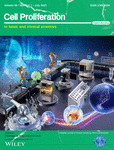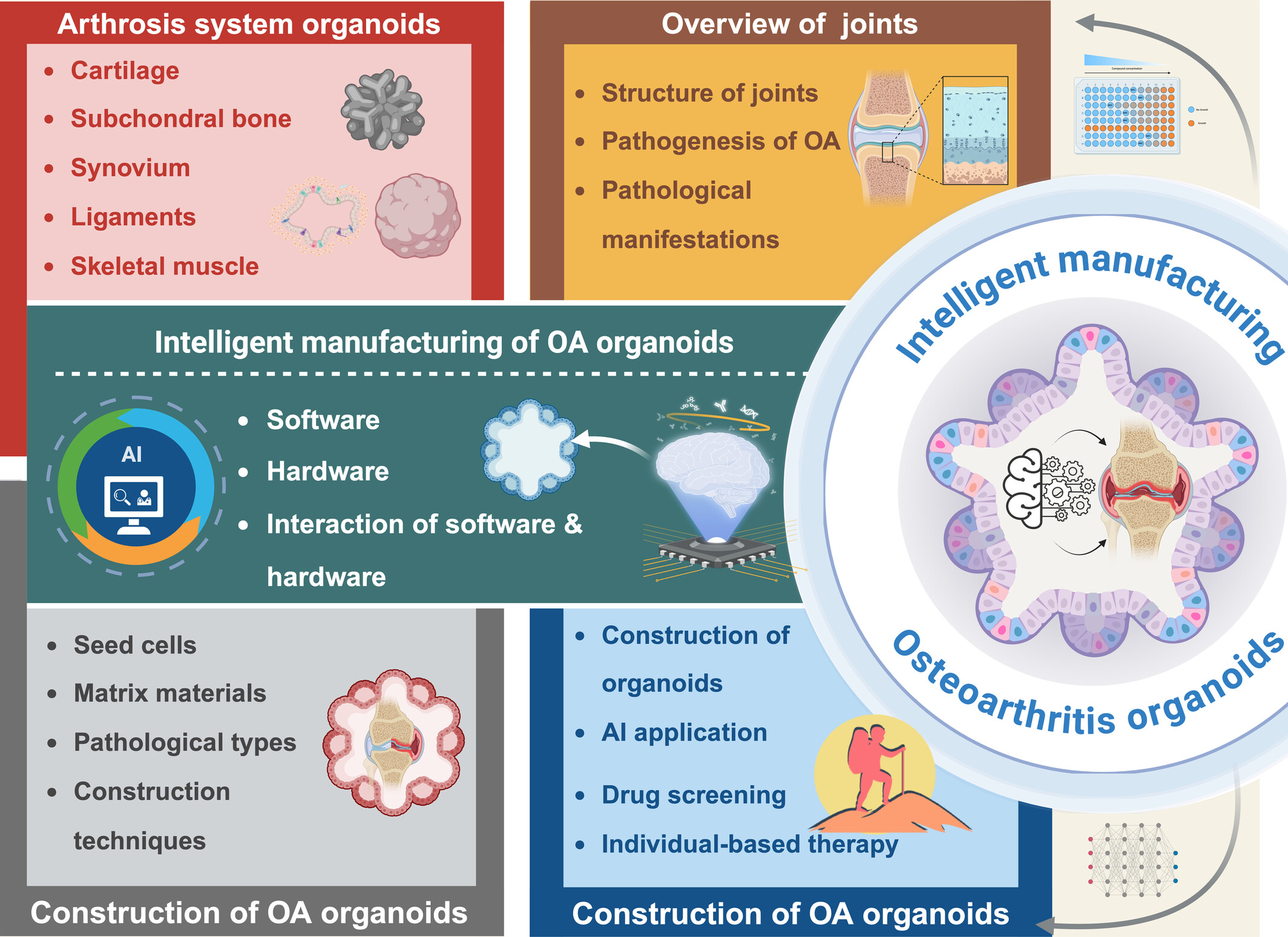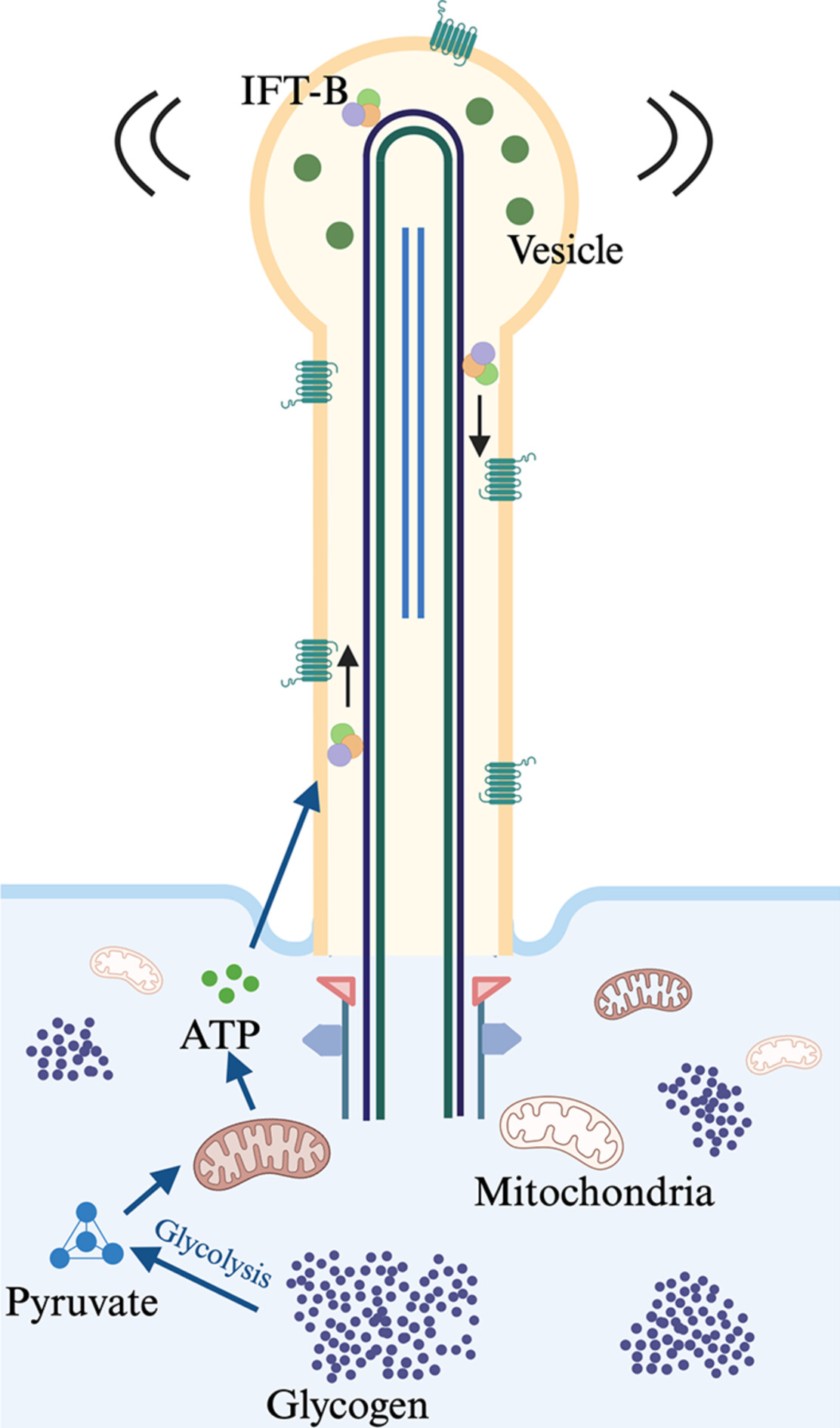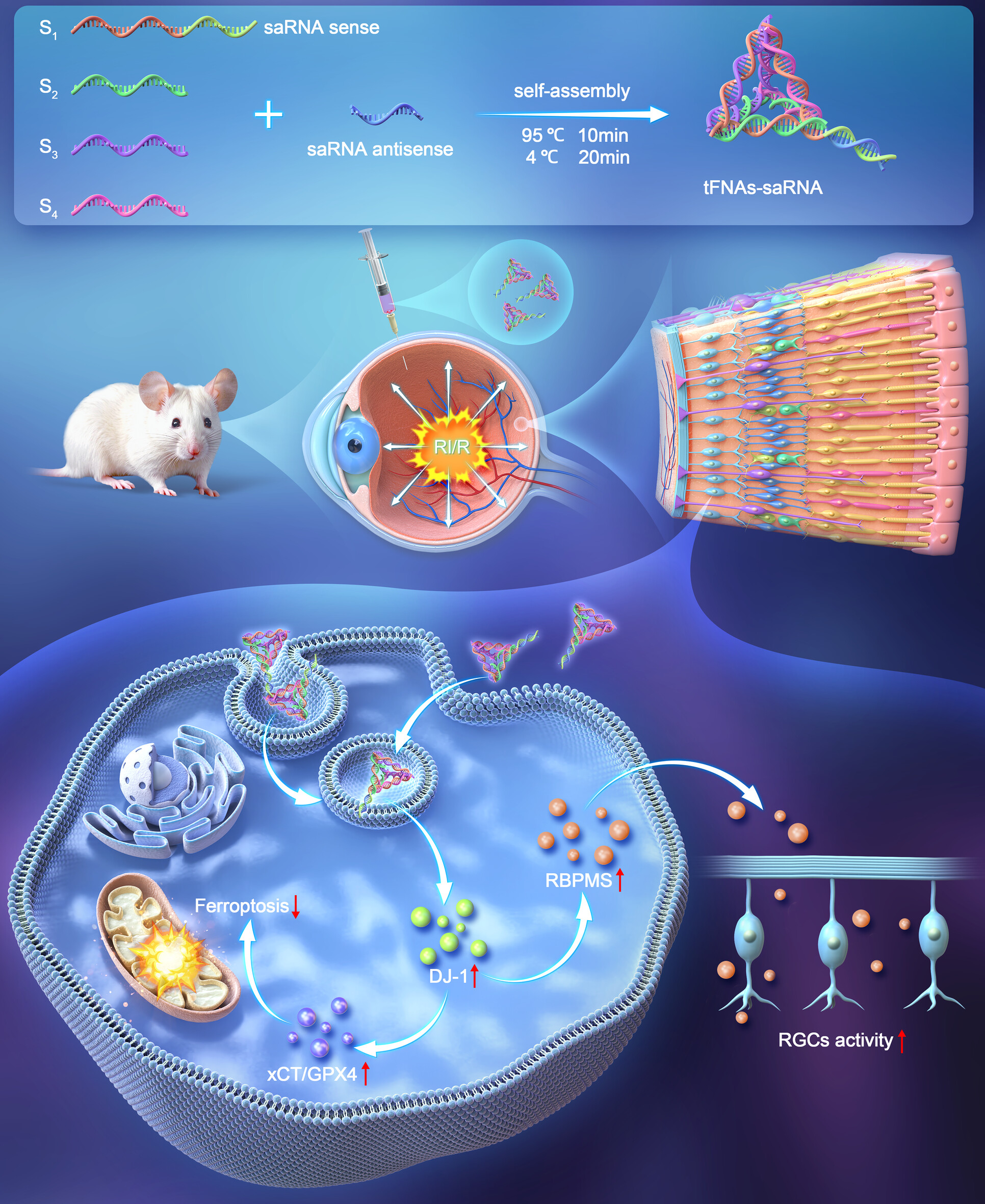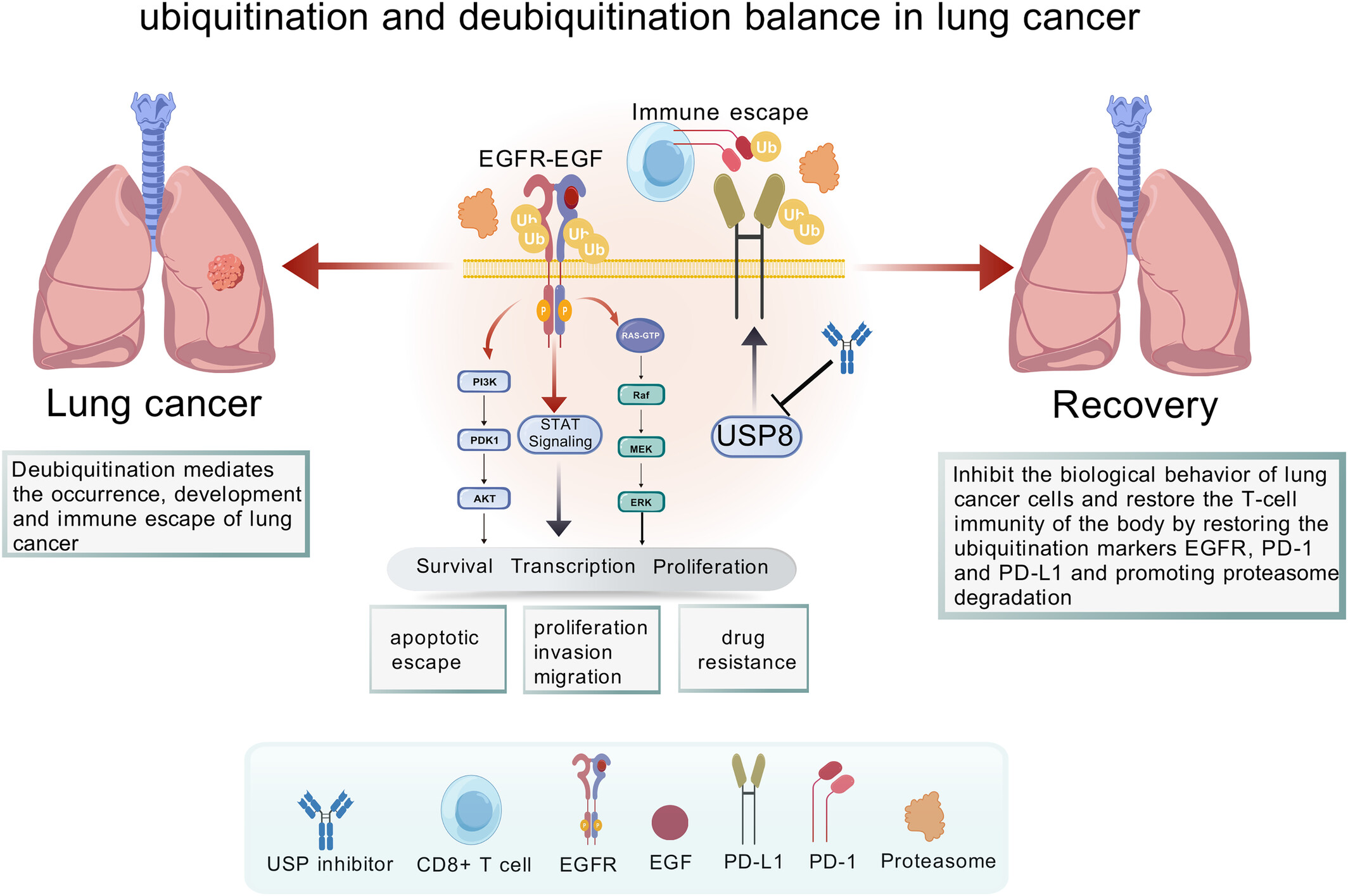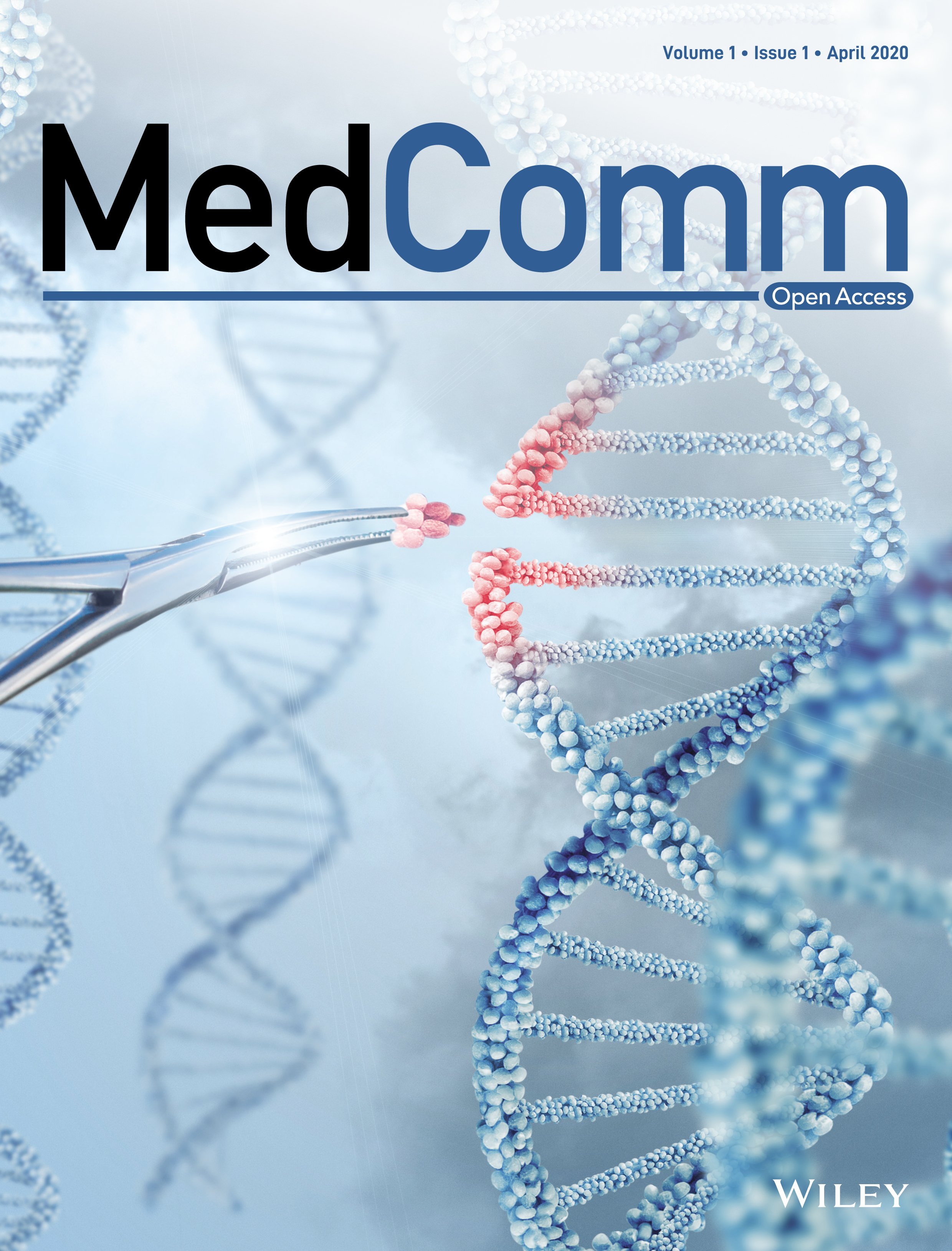Journal list menu
Export Citations
Download PDFs
FEATURED COVER
Featured Cover
- First Published: 09 July 2025
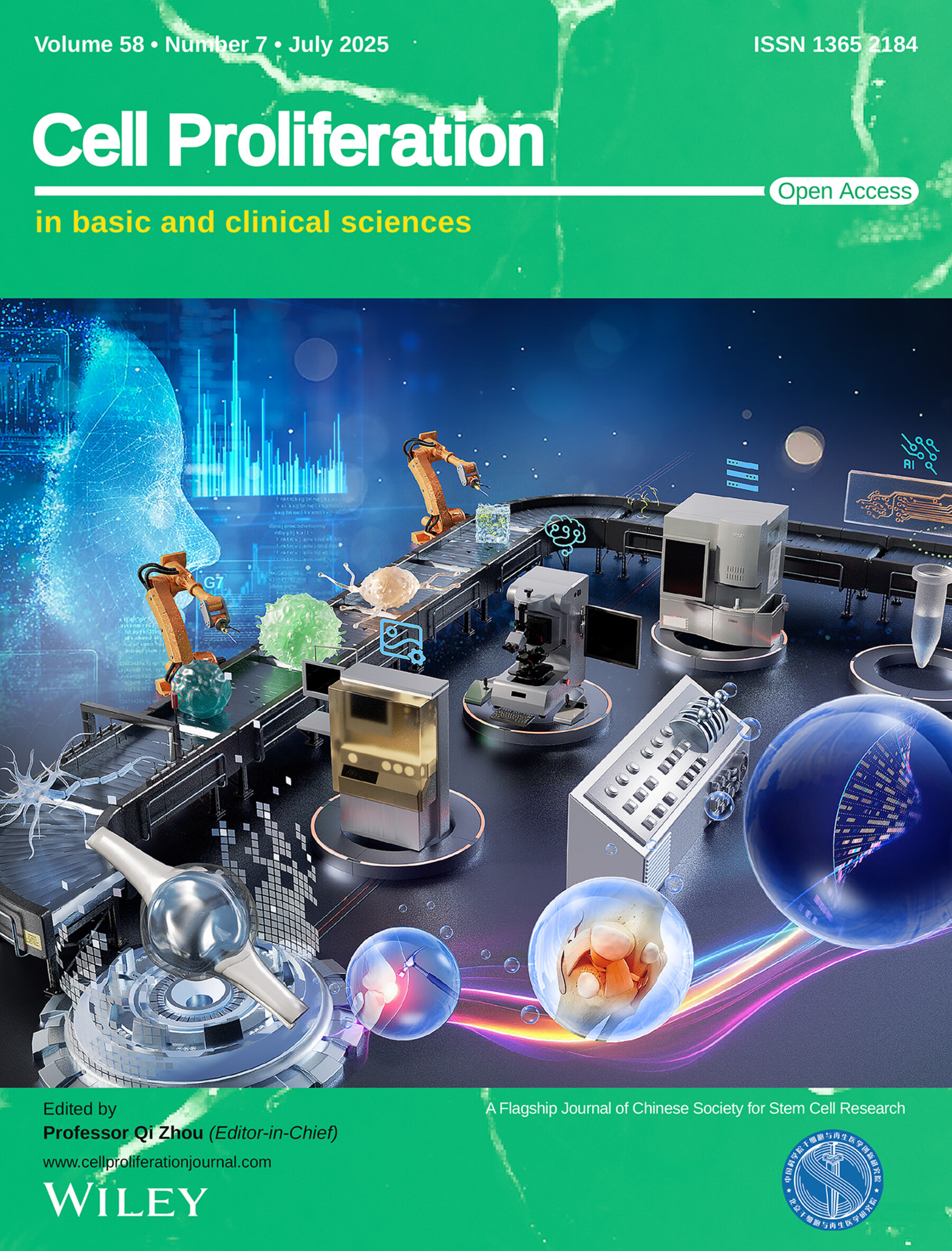
The cover image is based on the article Intelligent Manufacturing for Osteoarthritis Organoids by Xukun Lyu et al., https://doi.org/10.1111/cpr.70043.
ISSUE INFORMATION
REVIEW
Targeting Regulation of Macrophage to Treat Metabolic Disease: Role of Phytochemicals
- First Published: 05 March 2025
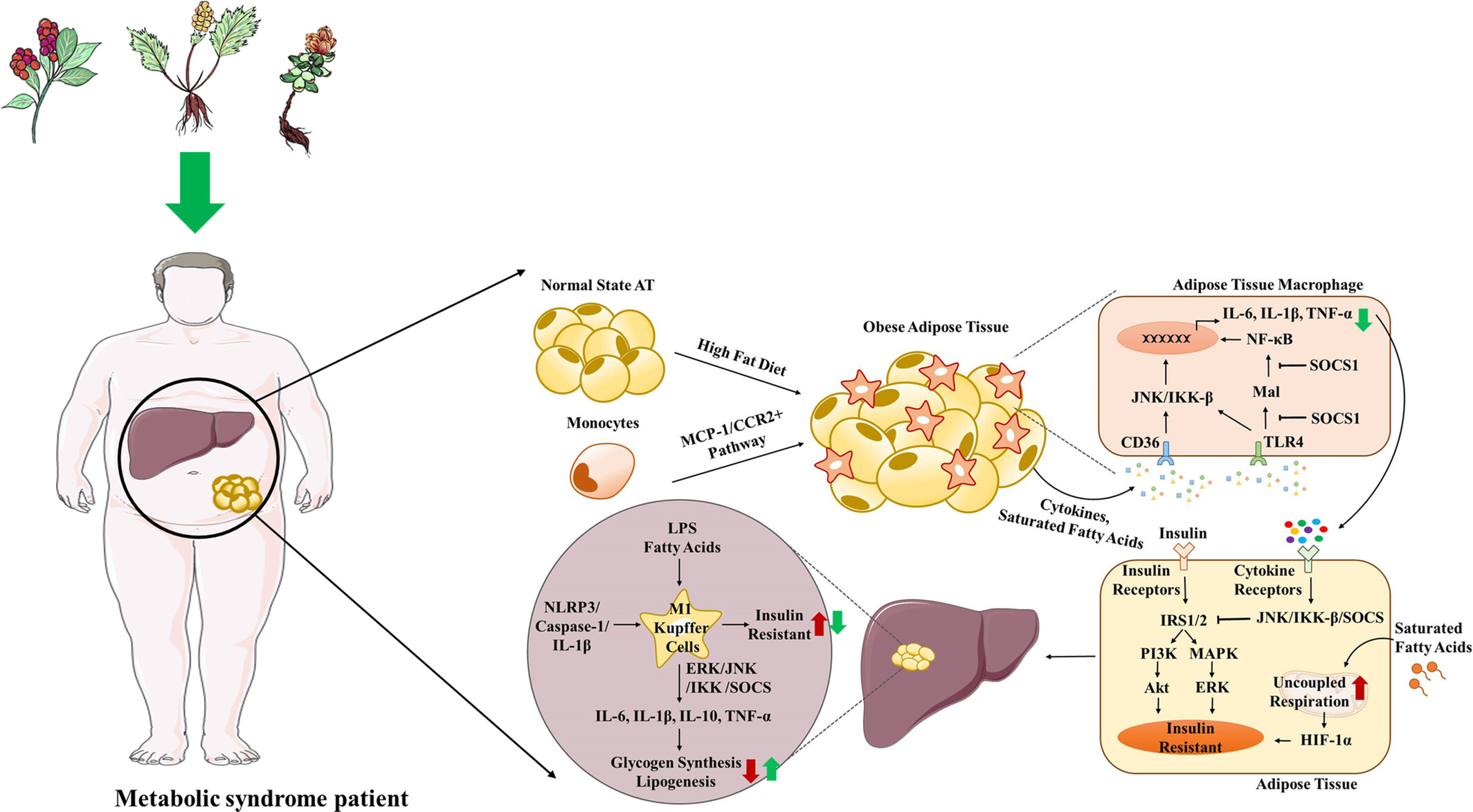
One-third of the world's population is affected by metabolic syndrome. Complicated pathogenesis and limited drugs cause the growing prevalence of metabolic syndrome. Macrophage-mediated metaflammation is closely associated with the development of metabolic syndrome. The role of phytochemicals targeting macrophages in the treatment of metabolic syndrome has received increasing attention.
Exercise Delays Brain Ageing Through Muscle-Brain Crosstalk
- First Published: 24 March 2025
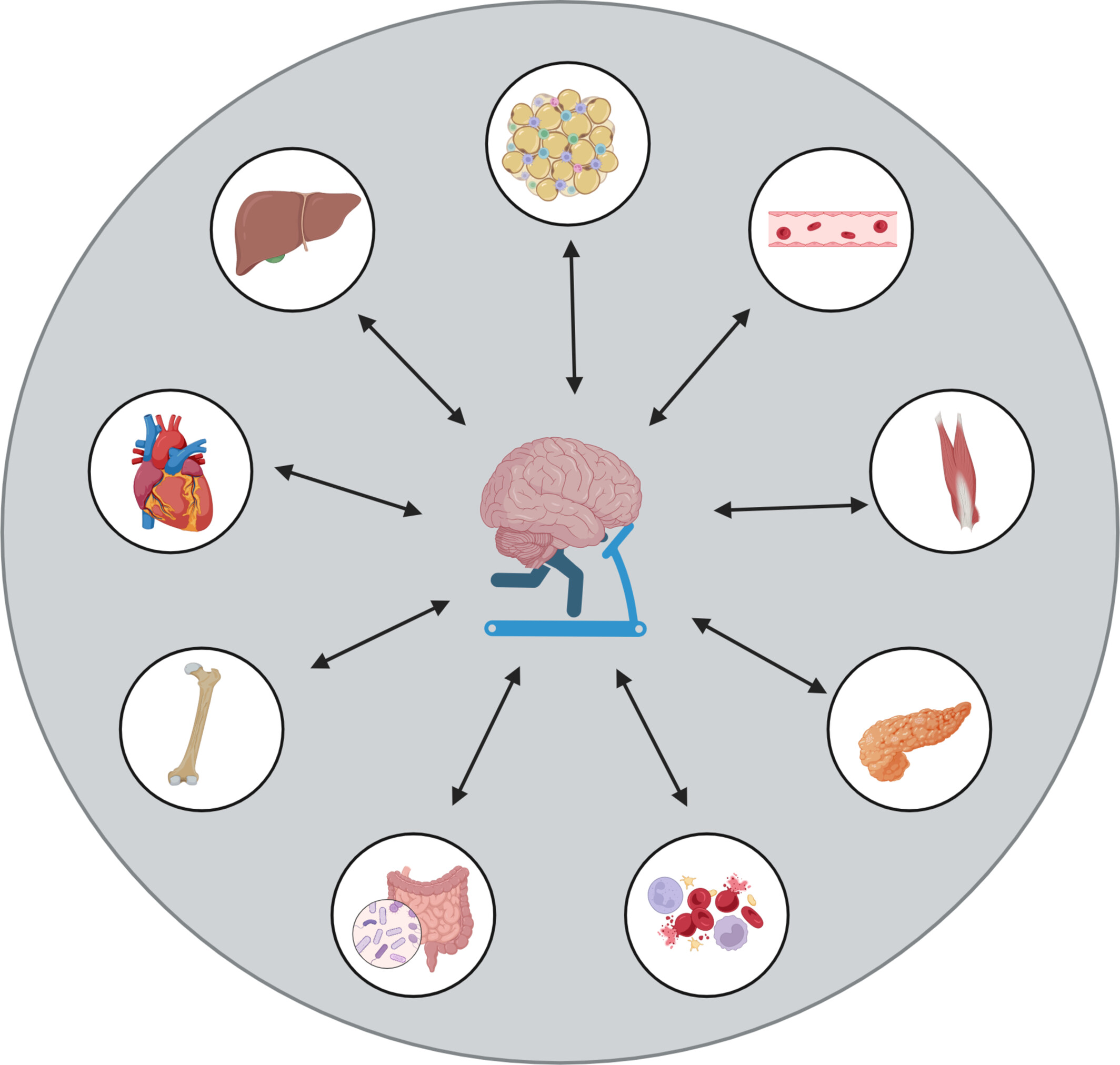
This graphical abstract illustrates the reciprocal crosstalk between the brain and peripheral organs, highlighting the profound impact of exercise on brain health through systemic interactions. It underscores how exercise influences the brain via signals from various organs and, conversely, how the brain modulates functions of peripheral organs. This integrative perspective sheds light on the bidirectional communication that underpins the interplay between physical activity, brain function and systemic health.
Intelligent Manufacturing for Osteoarthritis Organoids
- First Published: 26 April 2025
ORIGINAL ARTICLE
Ciliary IFT-B Transportation Plays an Important Role in Human Endometrial Receptivity Establishment and is Disrupted in Recurrent Implantation Failure Patients
- First Published: 06 February 2025
Tetrahedral Framework Nucleic Acid-Based Delivery of DJ-1-saRNA Prevent Retinal Ischaemia–Reperfusion Injury via Inhibiting Ferroptosis
- First Published: 20 February 2025
Klotho Regulates Club Cell Senescence and Differentiation in Chronic Obstructive Pulmonary Disease
- First Published: 10 February 2025
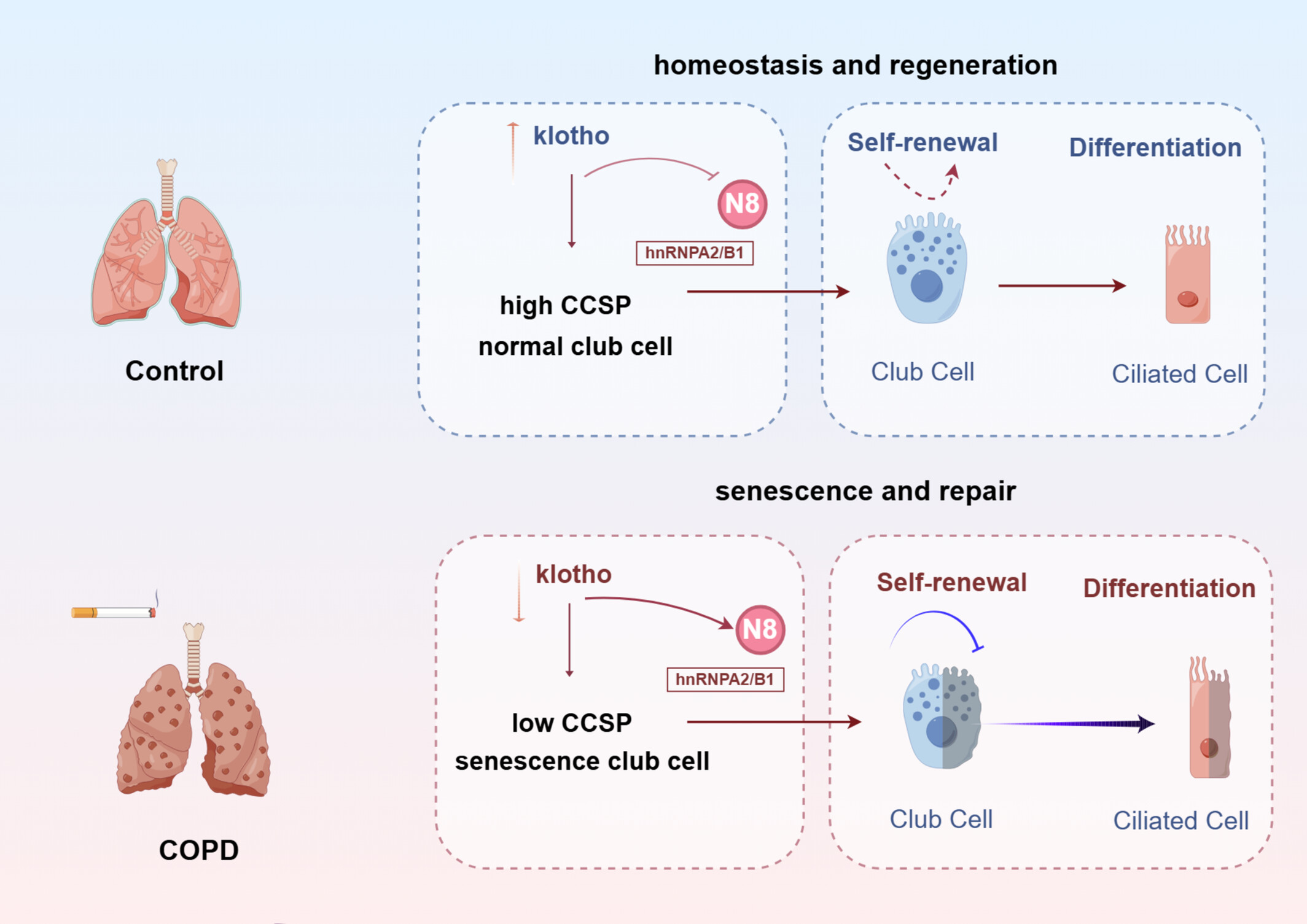
We speculated lack of Klotho (KL) would aggravate club cell senescence, which contributes to COPD inflammation. In this study, we collected chronic obstructive pulmonary disease (COPD) lung tissue using single-cell RNA sequencing (scRNA-seq), revealing club cell heterogeneity and cellular senescence in COPD. Club cells were divided into four subpopulations, in addition, KL and club cell secretory proteins (CCSP) were downregulated in cigarette smoke (CS)-induced COPD mice, associated with increasing age-related markers. After KL knockout, more ciliated cells appeared where club cells disappeared, and resulting CCSP downregulation. Furthermore, KL deficiency aggravated club cell senescence and CSE-induced pulmonary inflammation. To investigate the specific regulation mechanism, hnRNPA2/B1 was recognised and identified it was the key molecule in KL-regulated club cell senescence, and neddylation of club cell was a crucial factor contributing to hnRNPA2/B1 downregulation. Thus, we concluded that KL could regulate club cell senescence and differentiation. When CS stimulates the small airway epithelium, KL deficiency aggravates lung inflammation, club cell senescence and dysfunctional of ciliated cell. Targeting neddylation might be a promising strategy to reverse lung aging and club cell senescence. This study describes a novel mechanism about COPD-linked lung inflammation.
Large-Scale Production of Expandable Hepatoblast Organoids and Polarised Hepatocyte Organoids From hESCs Under 3D Static and Dynamic Suspension Conditions
- First Published: 08 February 2025
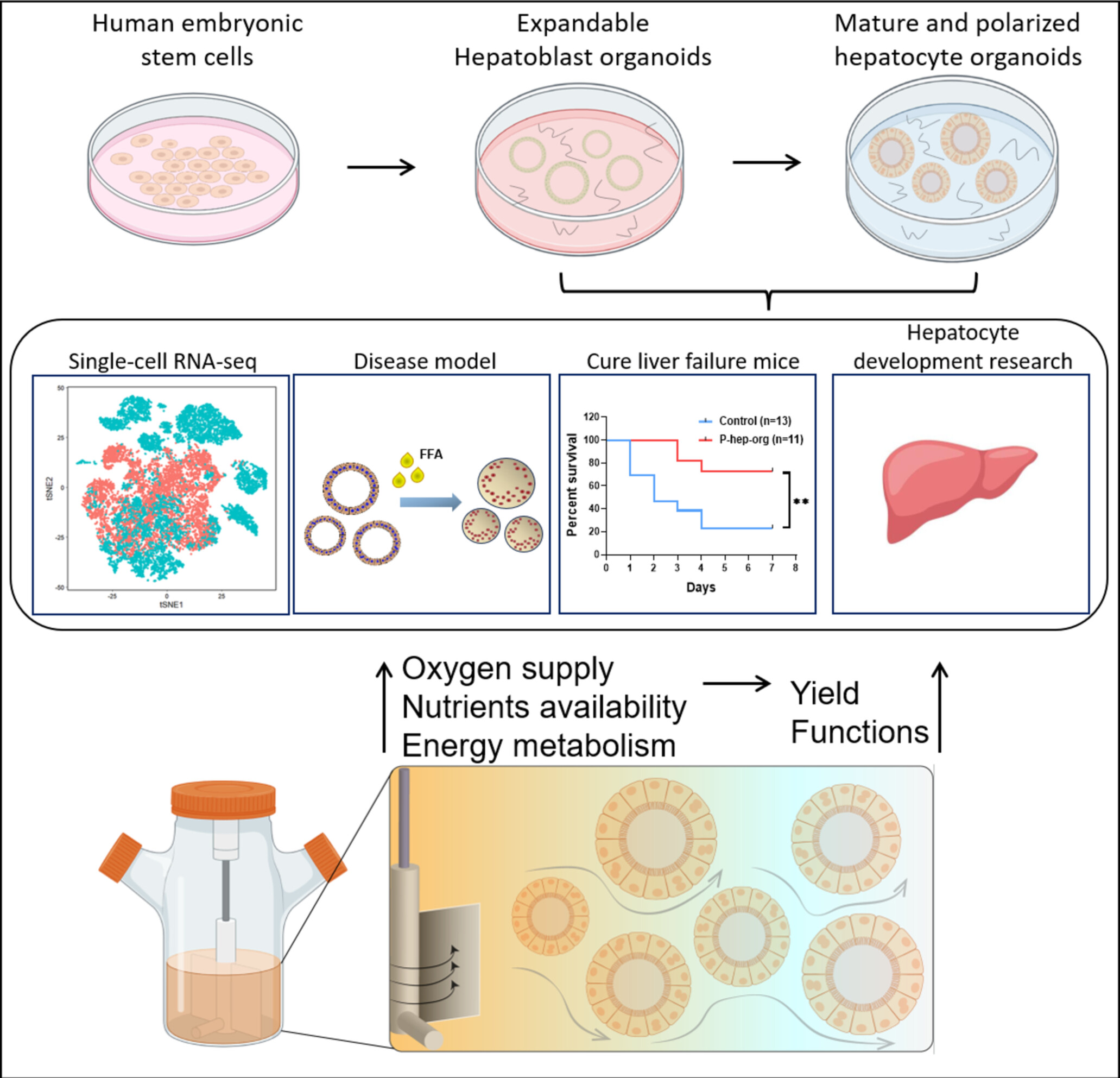
Under 3D suspension culture condition, the expandable hepatoblast organoids and mature polarised hepatocyte organoids were established by low concentration of Matrigel from human embryonic stem cells, which recapitulated the gene expression signatures and functions of primary human hepatoblast and hepatocytes. The dynamic culture system by using bioreactors further enlarged the scale of hepatocyte organoid culture.
Mitochondrial Mutation Leads to Cardiomyocyte Hypertrophy by Disruption of Mitochondria-Associated ER Membrane
- First Published: 21 February 2025
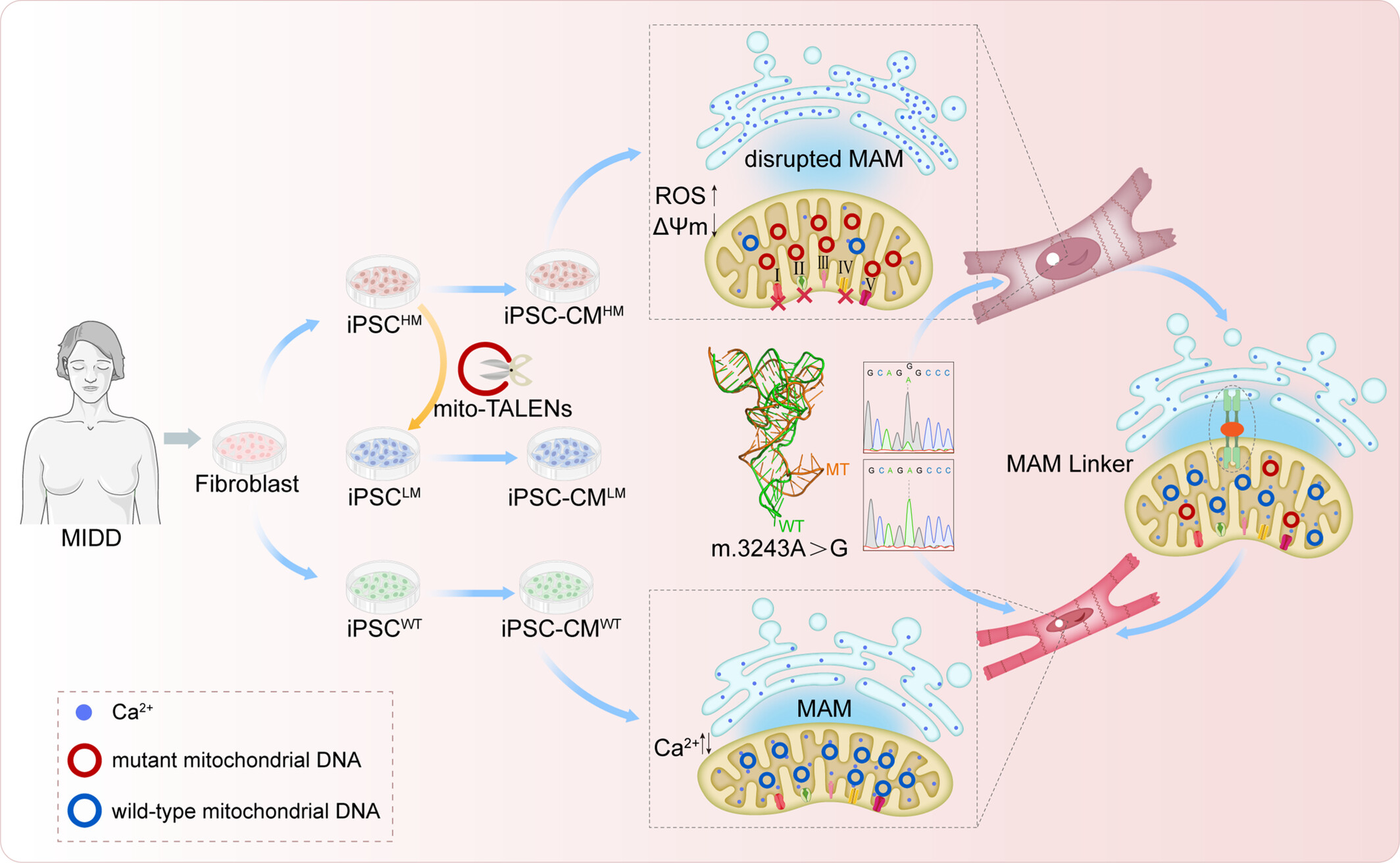
Cardiomyocytes with high m.3243A>G burden exhibited hypertrophic phenotype. Mitochondria dysfunction occurred and tended to become round in cardiomyocytes with high m.3243A>G burden. Mitochondria-associated ER membrane (MAM) was disrupted in cardiomyocytes with high m.3243A>G burden. Mutation reduction and MAM enforcement partially reversed the cellular behaviour.
Testis-Specific PDHA2 Is Required for Proper Meiotic Recombination and Chromosome Organisation During Spermatogenesis
- First Published: 20 February 2025
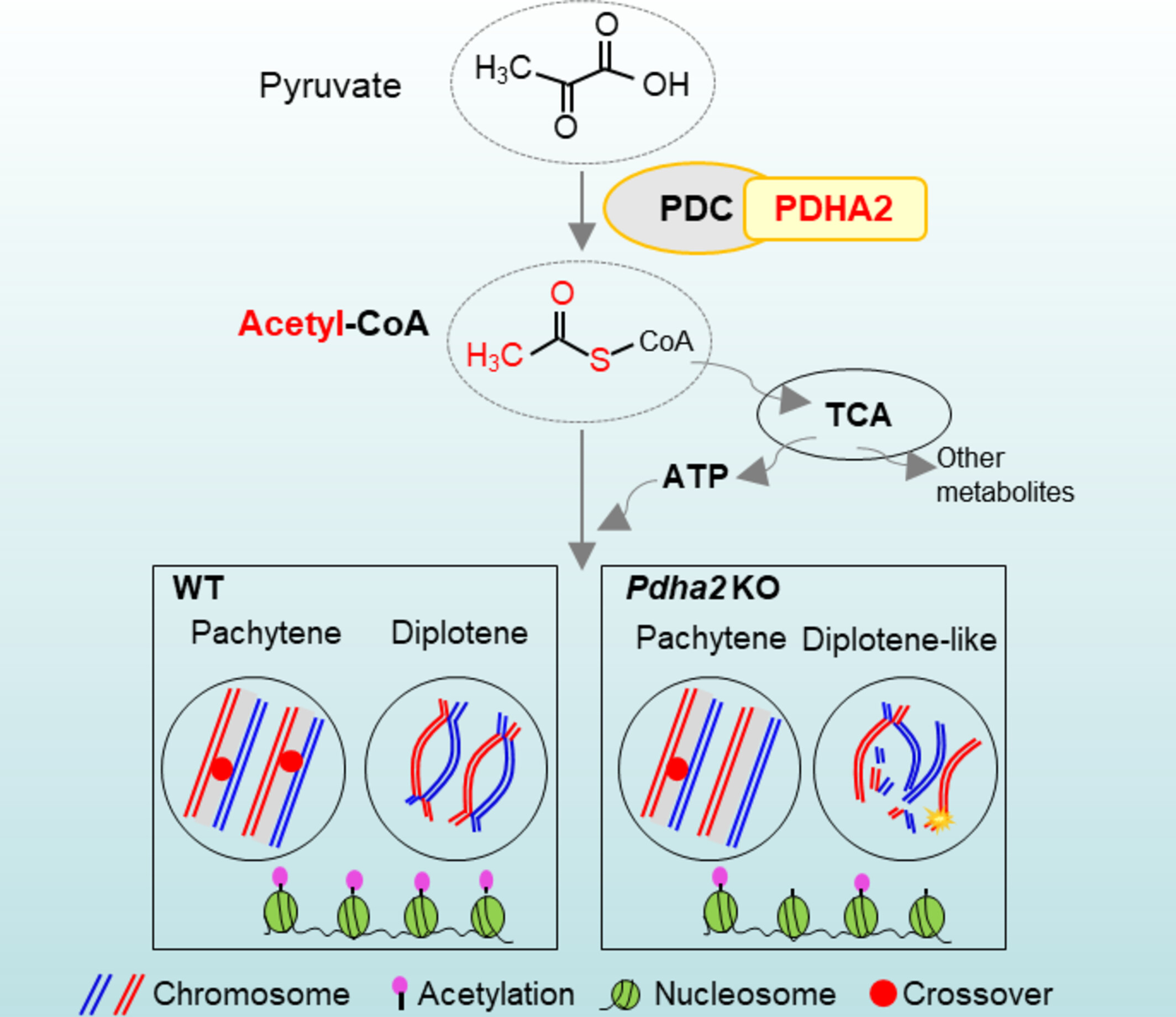
PDHA2, a testis-specific subunit of pyruvate dehydrogenase, is required for the conversion of pyruvate to acetyl-CoA. Its absence results in decreased acetyl-CoA and precursors for metabolites and energy during spermatogenesis. This results in decreased histone acetylation, defective chromosome structure and moderately reduced crossovers, ultimately leading to male infertility.
Human Midbrain Organoids Enriched With Dopaminergic Neurons for Long-Term Functional Evaluation
- First Published: 20 February 2025
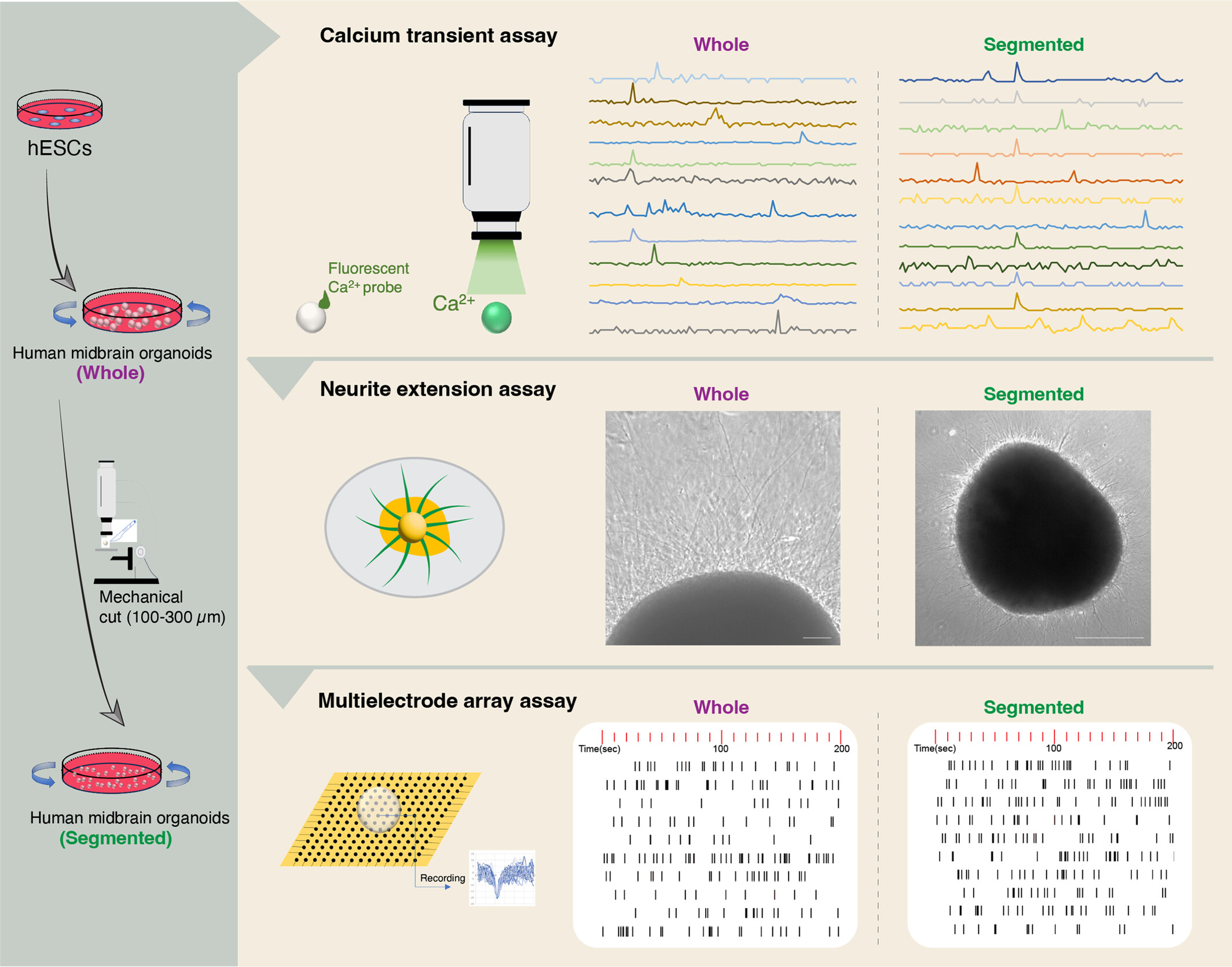
We optimised a protocol that combines developmental patterning with mechanical cut to produce pint-sized midbrain organoids, with diameters less than 300 μm, suitable for long-term evaluation, along with a comprehensive functional assay system consisting of calcium transient assay, neurite extension assay, and multielectrode array assay.
tRF-3a-Pro: A Transfer RNA-Derived Small RNA as a Novel Biomarker for Diagnosis of Hepatitis B Virus-Related Hepatocellular Carcinoma
- First Published: 24 February 2025

tRF-3a is the main tsRNA subtype up-regulated in HBV-related HCC. tRF-3a-Pro is significantly up-regulated in HBV-related HCC tumour than that in paratumour tissues. The level of tRF-3a-Pro in serum is a promising candidate biomarker for HCC diagnosis. tRF-3a-Pro promotes cell proliferation and regulates cell cycle of HCC.
LETTER TO THE EDITOR
Mechanistic Insights and Therapeutic Potentials of Ubiquitin-Proteasome System in Non-Small Cell Lung Cancer
- First Published: 01 May 2025
GANT61 Modulates Autophagy and Lipid Metabolism in Ovarian Cancer
- First Published: 01 May 2025
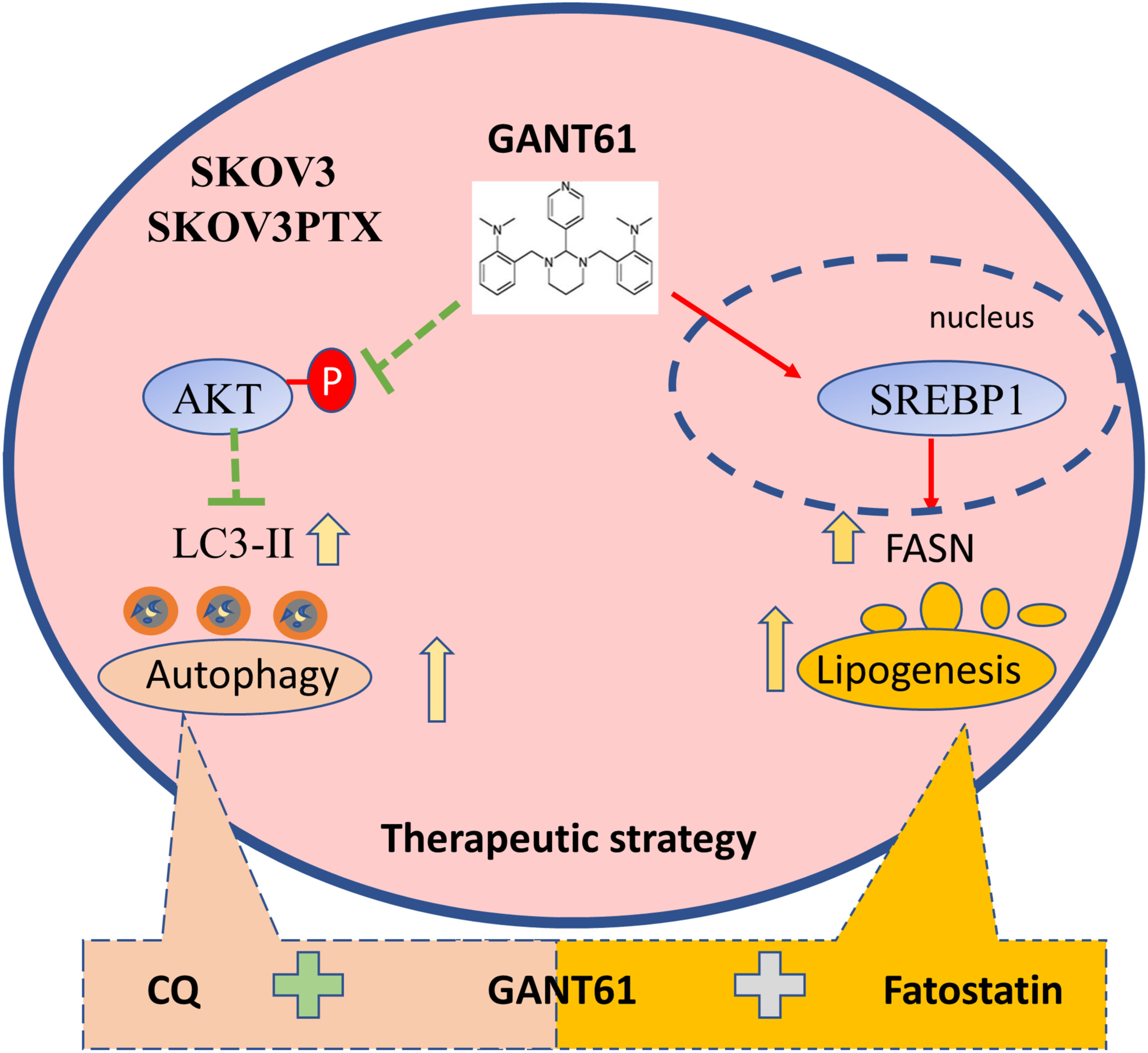
GANT61 induced autophagy via the AKT pathway and promoted the accumulation of lipid droplets in both cell lines. The molecular mechanism behind this lipid accumulation appears to involve the mediation of SREBP1. Furthermore, the combination of GANT61 with CQ/Fatostatin significantly inhibited the proliferation and clonogenicity of SKOV3 and SKOV3PTX cells.
CORRECTION
Correction to “YTHDF1 Mediates N-Methyl-N-Nitrosourea-Induced Gastric Carcinogenesis by Controlling HSPH1 Translation”
- First Published: 19 June 2025




